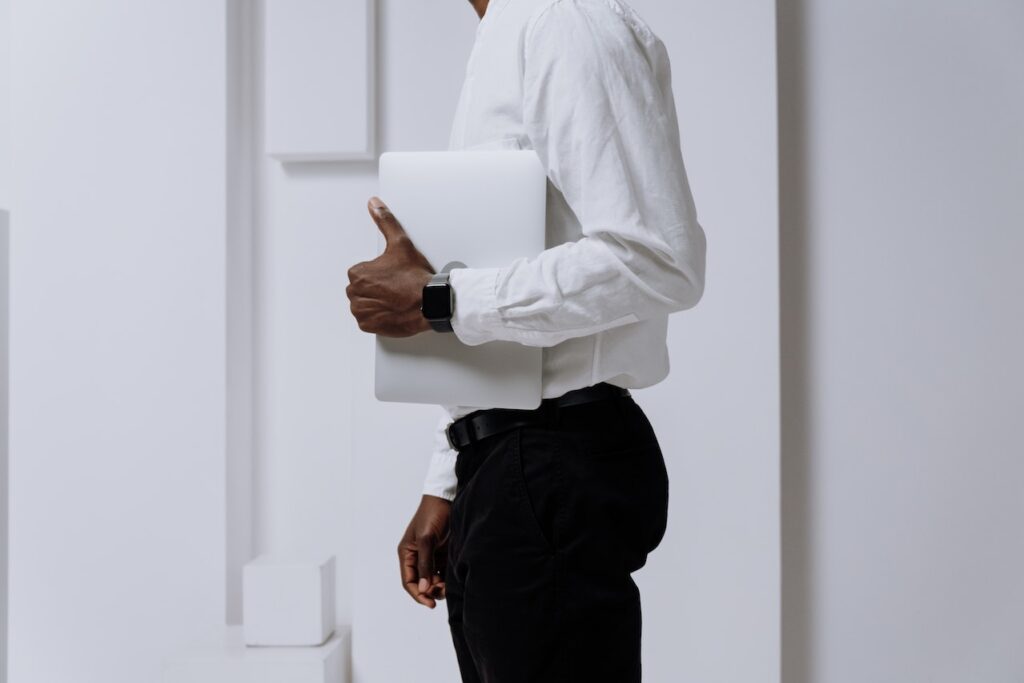Communication is an essential part of our lives, but it’s not just the words we say that convey our message. Our bodies also communicate nonverbally, giving off subtle cues that can reveal our true thoughts and feelings. This nonverbal communication, also known as body language, is often more powerful than what we say out loud, as it can provide insight into our thoughts, emotions, and intentions.
Reading body language can be a helpful tool in both personal and professional settings, whether you’re trying to understand someone’s true feelings or making a good impression in a job interview. In this article, we’ll explore the art of interpreting hidden body language cues and provide tips for improving your own nonverbal communication skills.
The Basics of Body Language
Before we dive into the nuances of interpreting body language, it’s essential to understand the basics. Body language is a form of nonverbal communication that involves gestures, facial expressions, postures, and other physical cues. These signals can be either conscious or unconscious, and they convey messages about our thoughts, emotions, and intentions.
Related: How to Read Your Client’s Body Language: Essential Tips for Men in Sales
Body Language can be Categorized into four Main Types
Facial Expressions
The face is one of the most expressive parts of the body, and facial expressions can convey a wide range of emotions, from joy and excitement to anger and sadness. Common facial expressions include smiling, frowning, raising eyebrows, and furrowing the brow.
Gestures
Hand and arm gestures are often used to emphasize or clarify what we’re saying. For example, pointing can indicate direction or emphasize a particular word, while shaking a fist can convey anger or frustration.
Posture
Our body posture can reveal a lot about our confidence, interest, and engagement. For example, standing tall with shoulders back and chest out indicates confidence, while slouching or hunching over can suggest discomfort or disinterest.
Eye Contact
Eye contact is an essential aspect of nonverbal communication, and it can convey a range of emotions and intentions. Direct eye contact can indicate confidence and engagement, while avoiding eye contact may suggest shyness or deception.
Interpreting Hidden Body Language Cues
While body language can be powerful, it’s not always straightforward to interpret. A particular gesture or expression can have different meanings depending on the context and individual. However, there are some general guidelines to follow when interpreting hidden body language cues:
Look for Clusters of Signals
Instead of focusing on individual gestures or expressions, look for clusters of signals that support a particular emotion or intention. For example, if someone is smiling while making eye contact and leaning in towards you, they’re likely interested and engaged in the conversation.
Consider the Context
The context in which the body language is occurring is crucial for accurate interpretation. For example, a furrowed brow might indicate confusion or frustration in one situation but indicate concentration or deep thought in another.
Pay attention to the Persons Baseline Behavior
People have different baseline behaviors, or typical ways of behaving. By observing someone’s baseline behavior, you can better understand how they’re feeling or what they’re thinking in a particular situation. For example, someone who typically talks with their hands might not indicate anxiety or nervousness when they gesture.
Related: Navigating Cultural Differences in Body Language: A Guide for Men in International Business
Be Aware of Cultural Differences
Different cultures have different nonverbal communication norms, so it’s essential to be aware of cultural differences when interpreting body language. For example, direct eye contact is valued in Western cultures, while it can be seen as disrespectful in some Asian cultures.
Examples of Hidden Body Language Cues
Now that we’ve discussed the basics of body language and guidelines for interpreting hidden body language cues, let’s take a look at some specific examples of nonverbal communication and their possible meanings.
Crossed Arms
This posture can indicate defensiveness or discomfort, but it can also be a sign of relaxation or habit. It’s essential to consider the context and the person’s baseline behavior when interpreting crossed arms.
Nodding
Nodding can indicate agreement, understanding, or engagement. However, it can also be a sign of politeness or even boredom, so it’s essential to look for other cues that support the nodding behavior.
Eye Contact
As mentioned earlier, eye contact can convey confidence and engagement, but it can also indicate deception or discomfort. It’s essential to consider the context and the person’s baseline behavior when interpreting eye contact.
Fidgeting
Fidgeting, such as tapping one’s foot or playing with objects, can indicate nervousness or anxiety. However, it can also be a sign of boredom or restlessness, so it’s important to look for other cues that support the fidgeting behavior.
Tone of Voice
The tone of voice can convey a range of emotions, from anger and frustration to joy and excitement. It’s important to consider the context and the person’s baseline behavior when interpreting tone of voice, as well as any other nonverbal cues that support the tone of voice.
Improving your Own Nonverbal Communication Skills
In addition to interpreting hidden body language cues, it’s essential to improve your own nonverbal communication skills. Here are some tips for enhancing your body language:
Be Aware of your Own Body Language
Start by paying attention to your own nonverbal cues, such as your posture, facial expressions, and gestures. This awareness can help you make conscious changes to your body language to better convey your thoughts, emotions, and intentions.
Practice Confident Body Language
Confident body language, such as standing tall with shoulders back and making direct eye contact, can convey confidence and engagement. Practice these confident postures and gestures in front of a mirror or with a trusted friend or family member.
Adapt to the Situation
Different situations require different types of nonverbal communication. For example, a job interview might require more formal and professional body language, while a casual conversation with friends might allow for more relaxed and informal body language.
Be Present
Nonverbal communication requires attention and focus, so it’s important to be present in the moment. Avoid distractions such as your phone or other devices, and focus on the conversation and the nonverbal cues being exchanged.
Body language is a powerful form of nonverbal communication that can reveal our thoughts, emotions, and intentions. Interpreting hidden body language cues requires attention, context, and an understanding of the person’s baseline behavior. Improving your own nonverbal communication skills can also help you convey confidence, engagement, and authenticity. By paying attention to both your own body language and that of others, you can enhance your communication skills and build stronger personal and professional relationships.


Pingback: How to Communicate with Confidence: Essential Tips for Men - The Gentlemen Diary